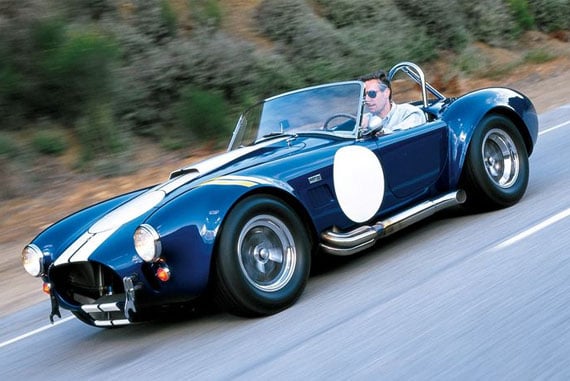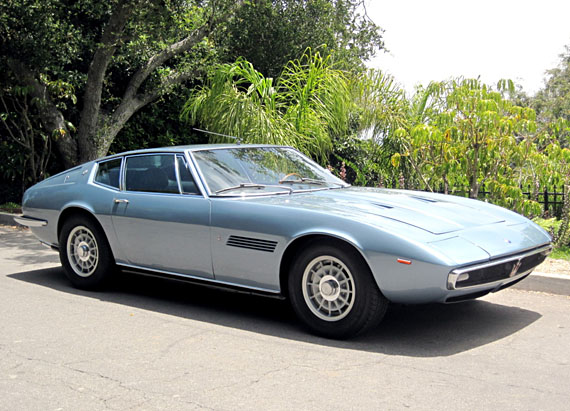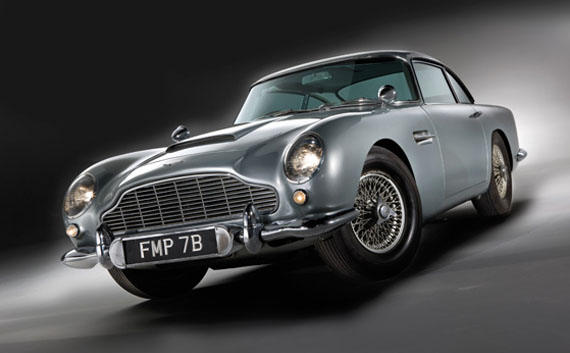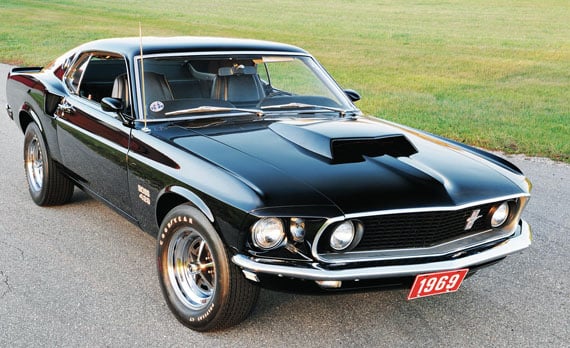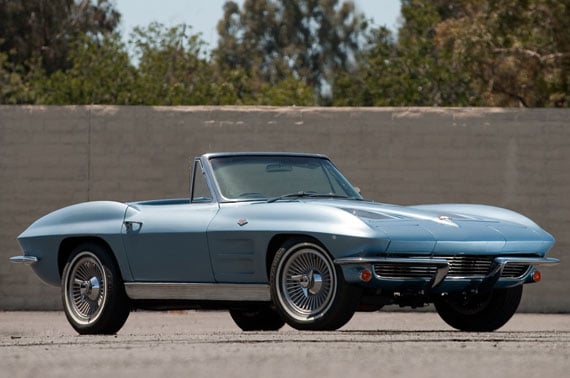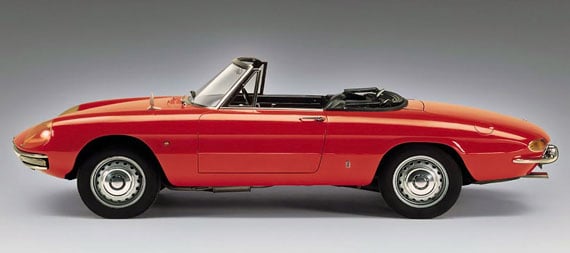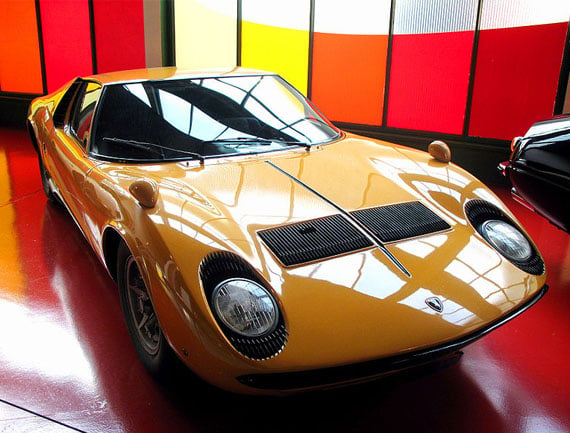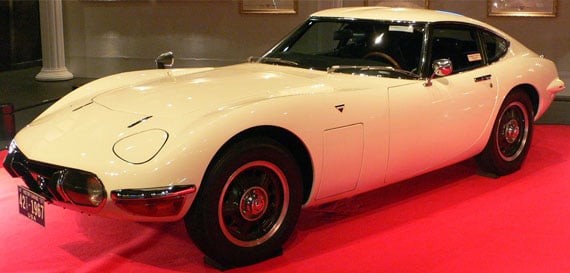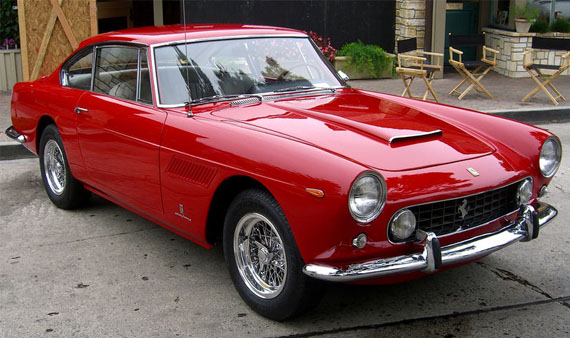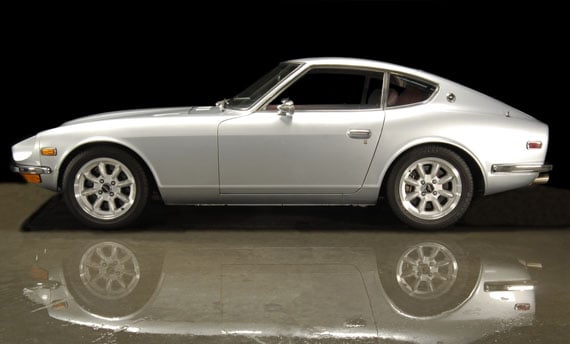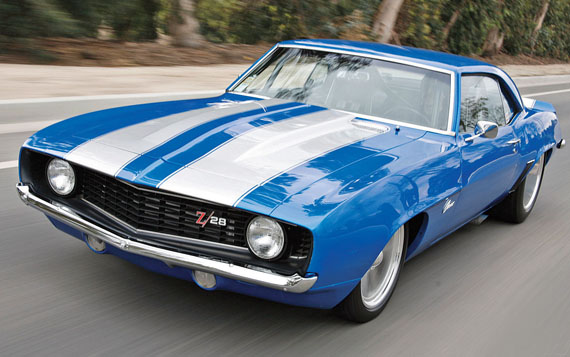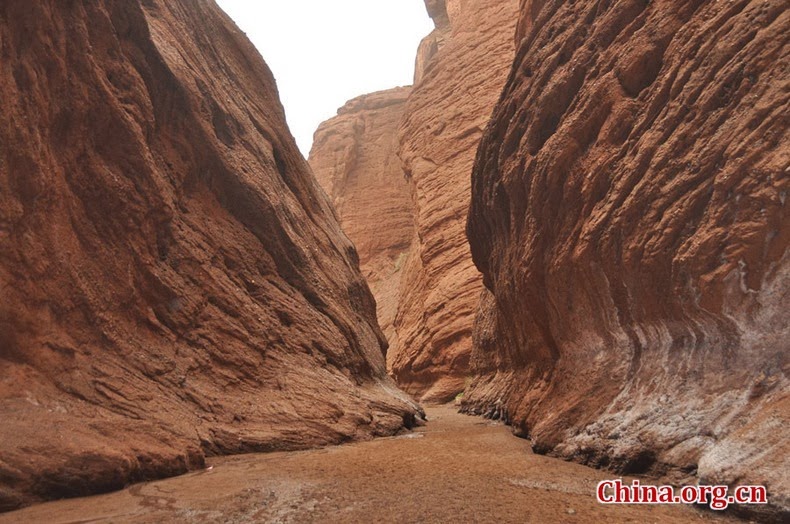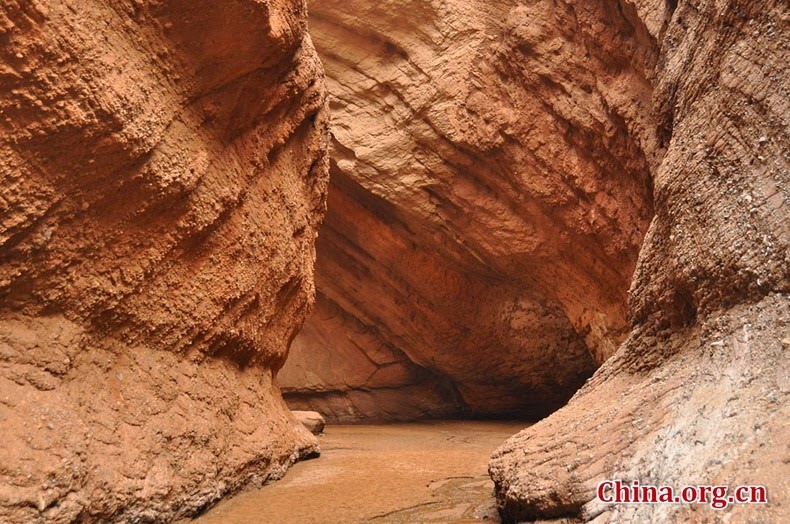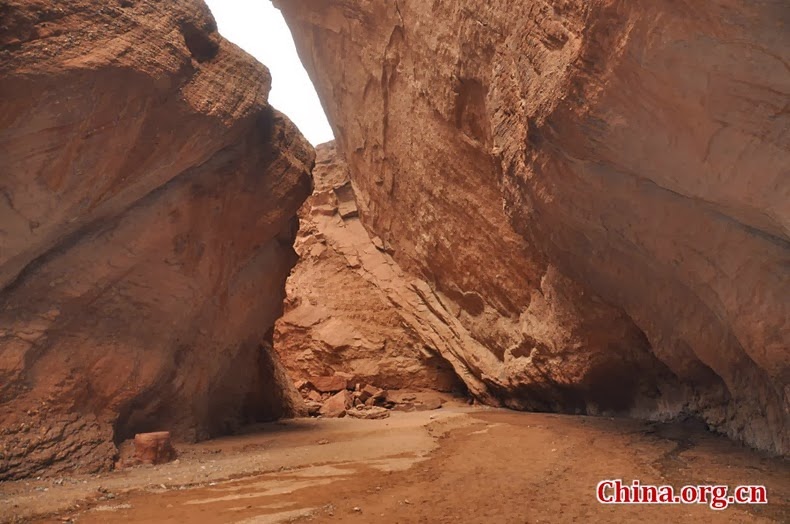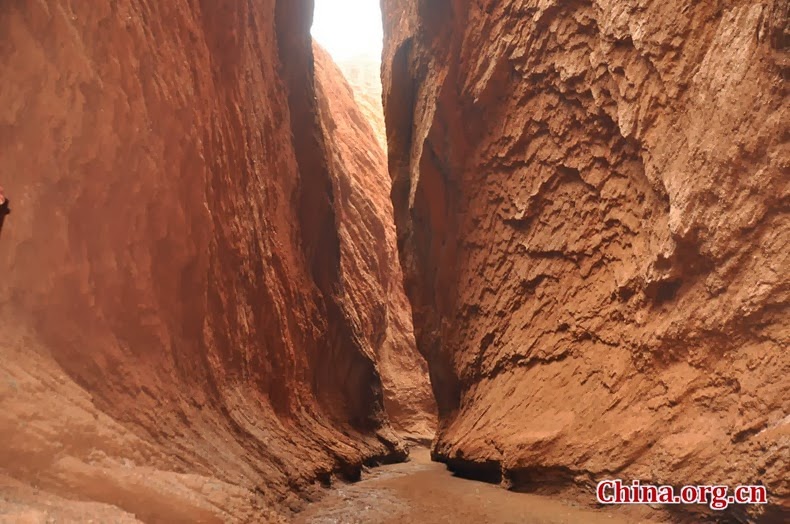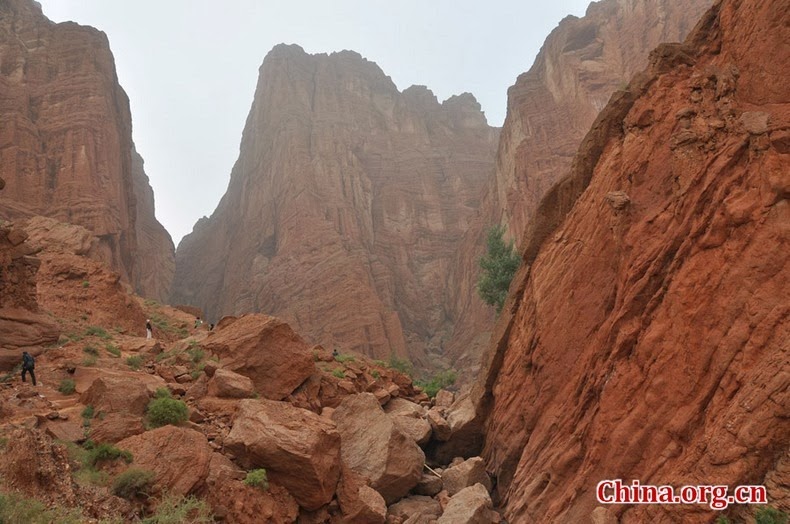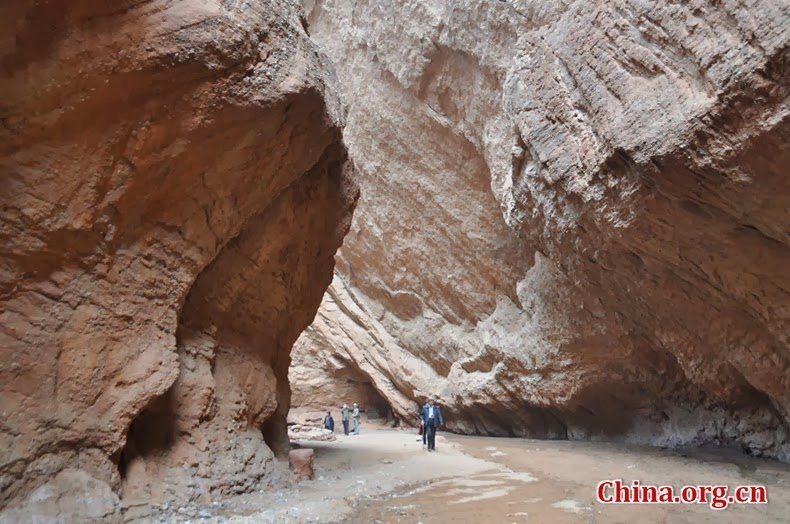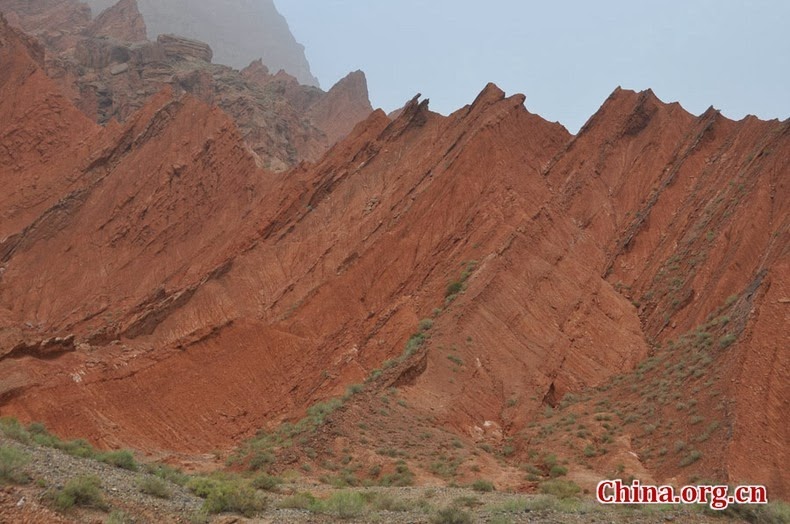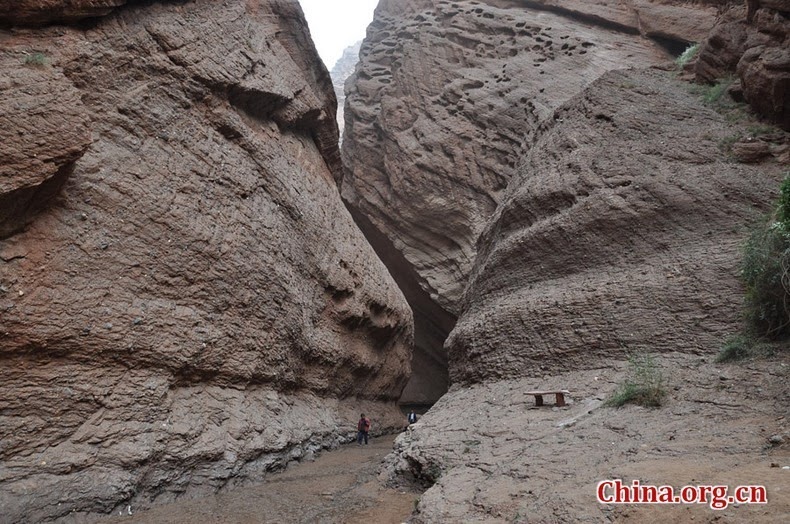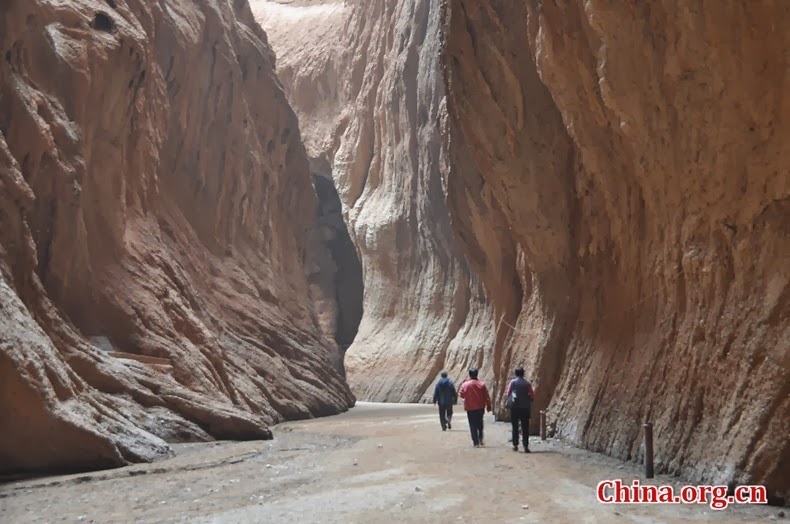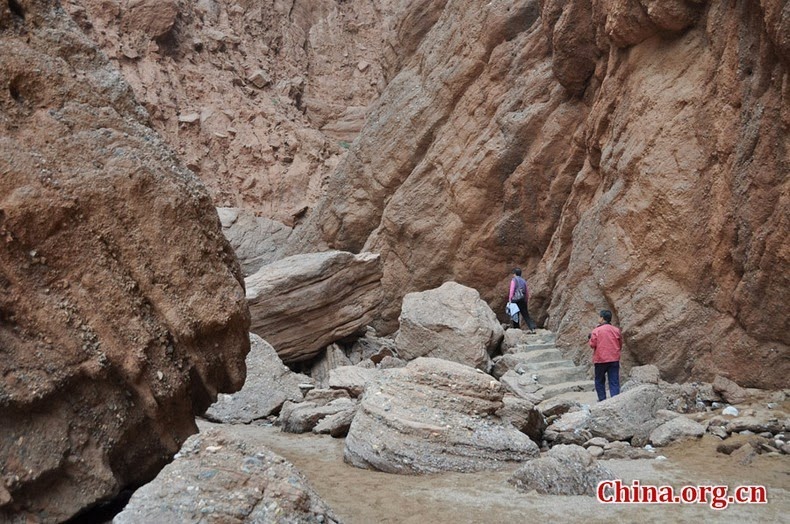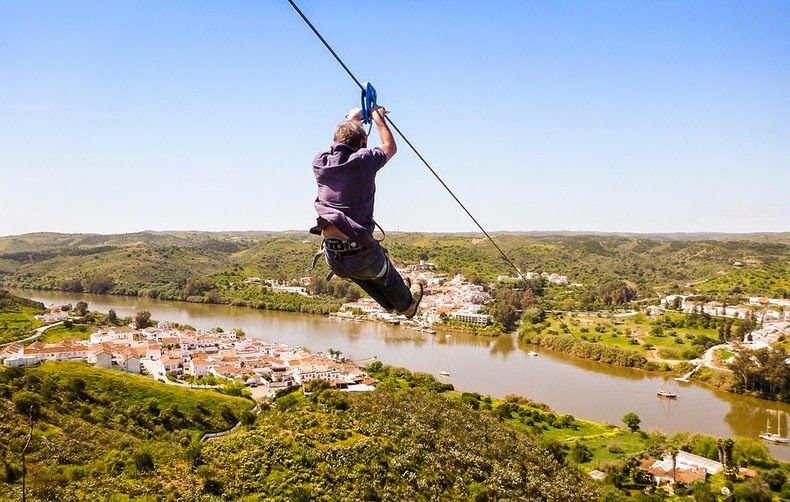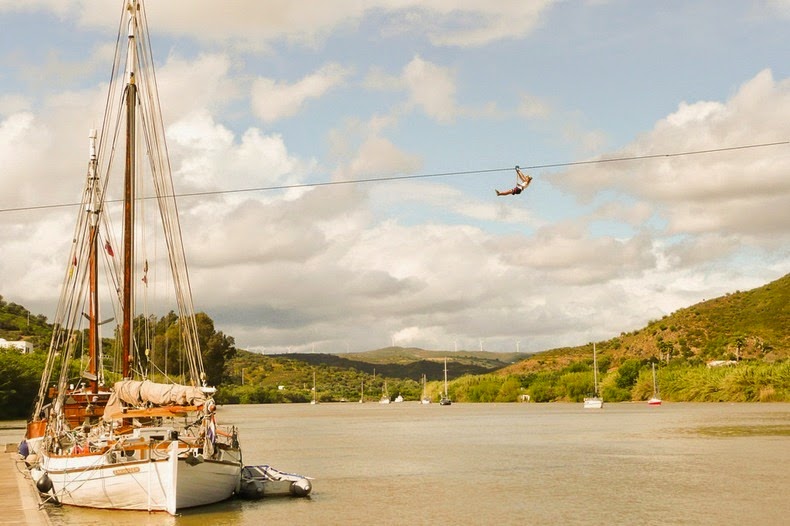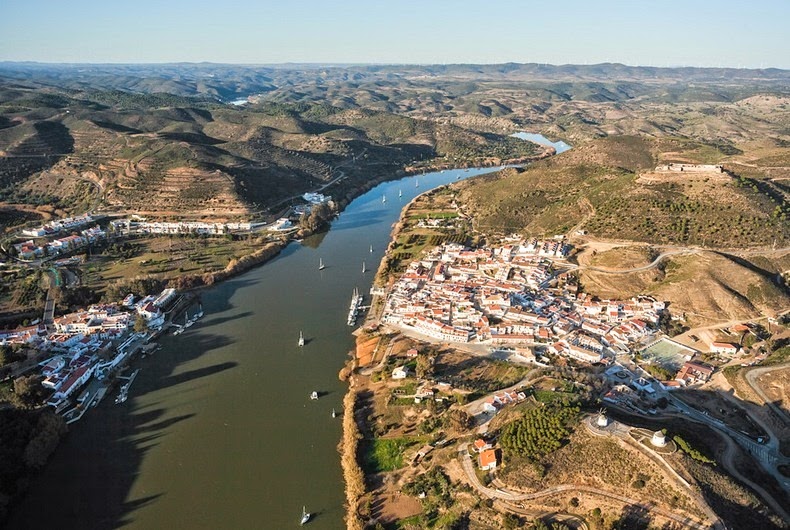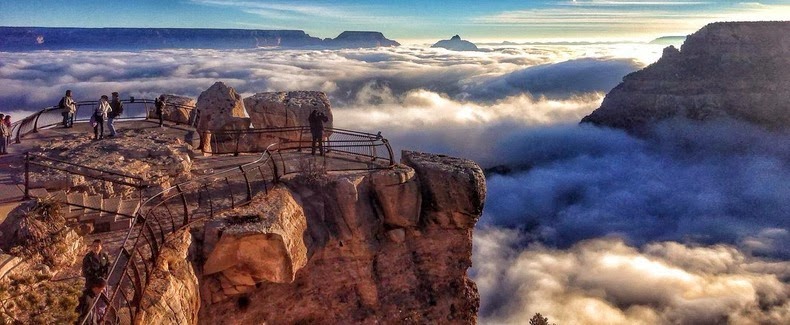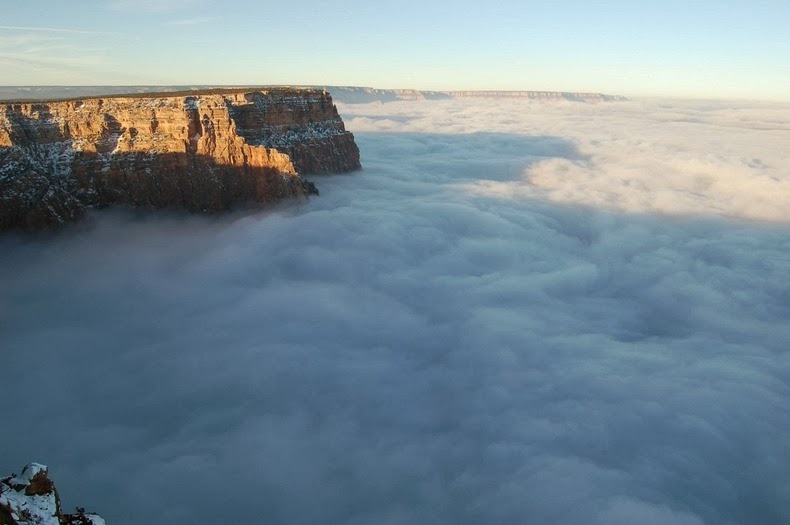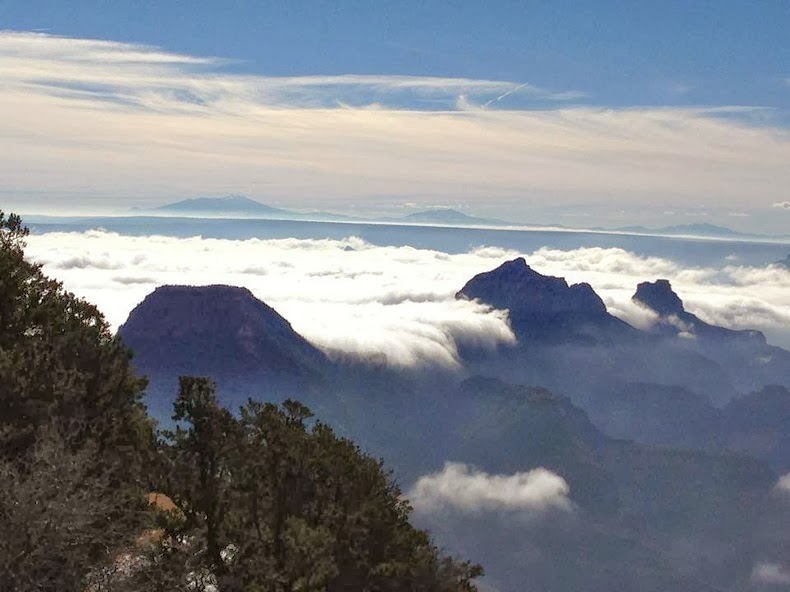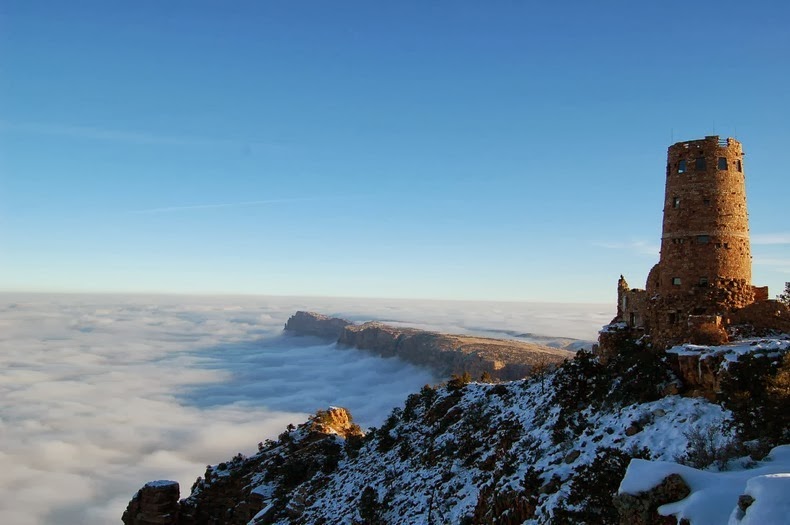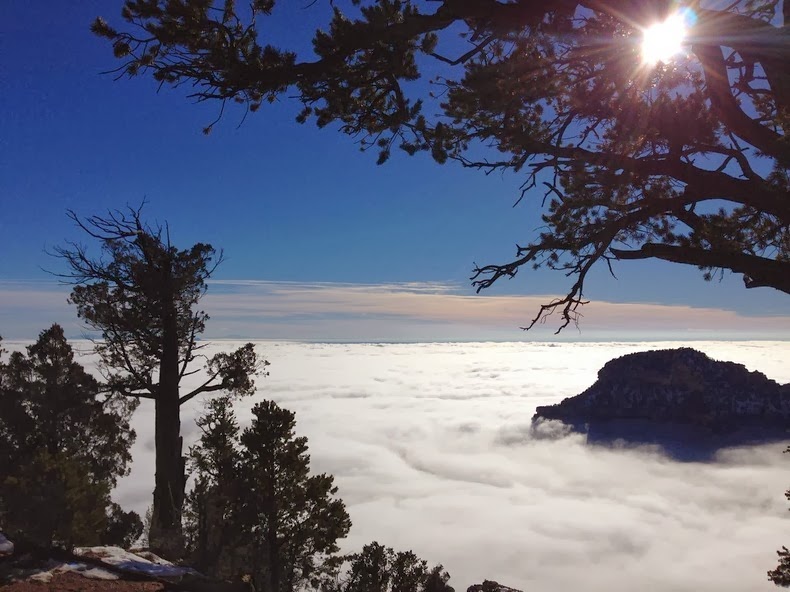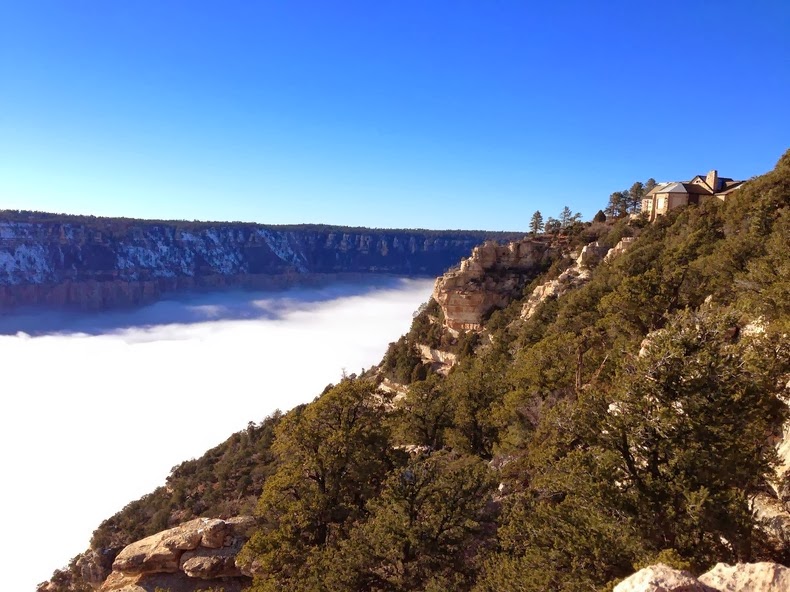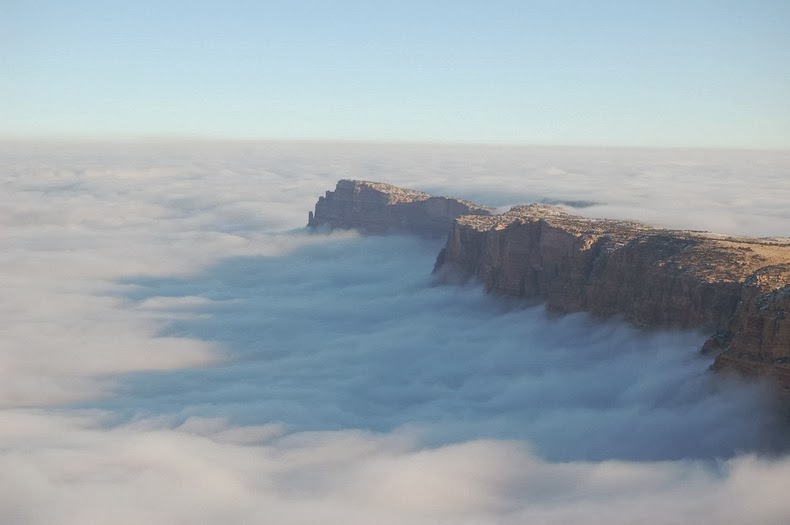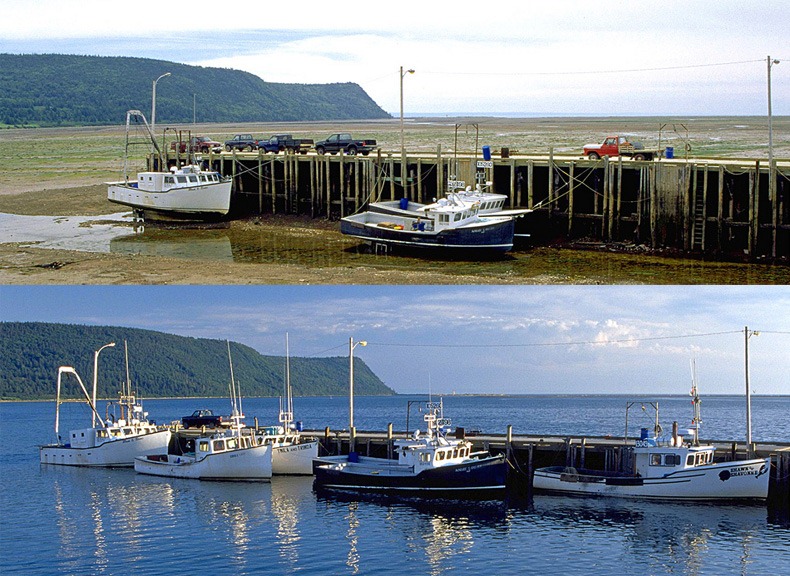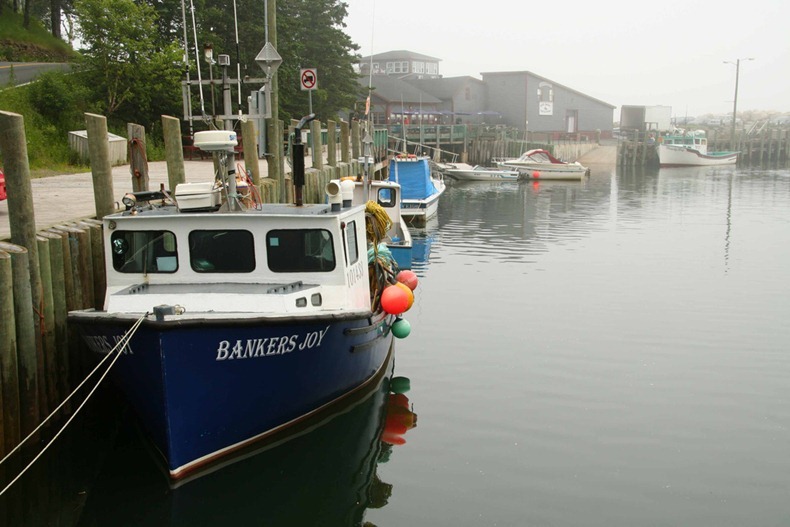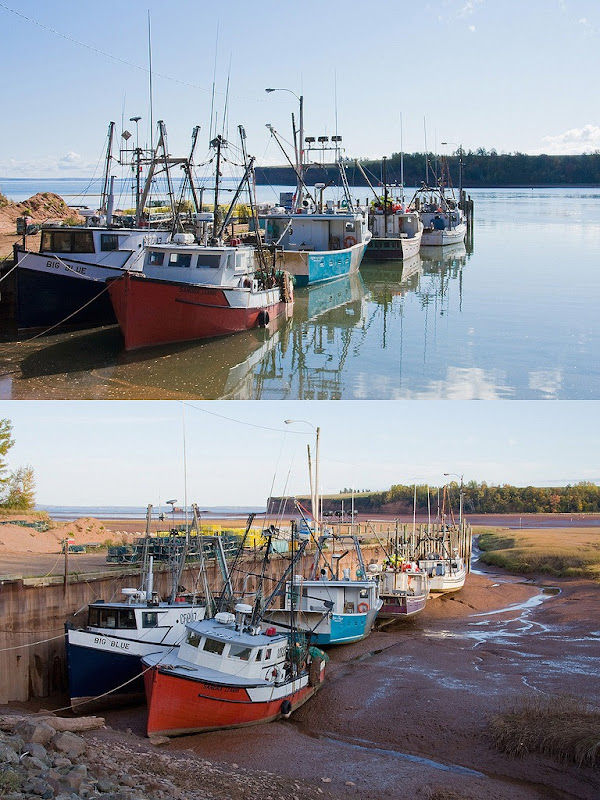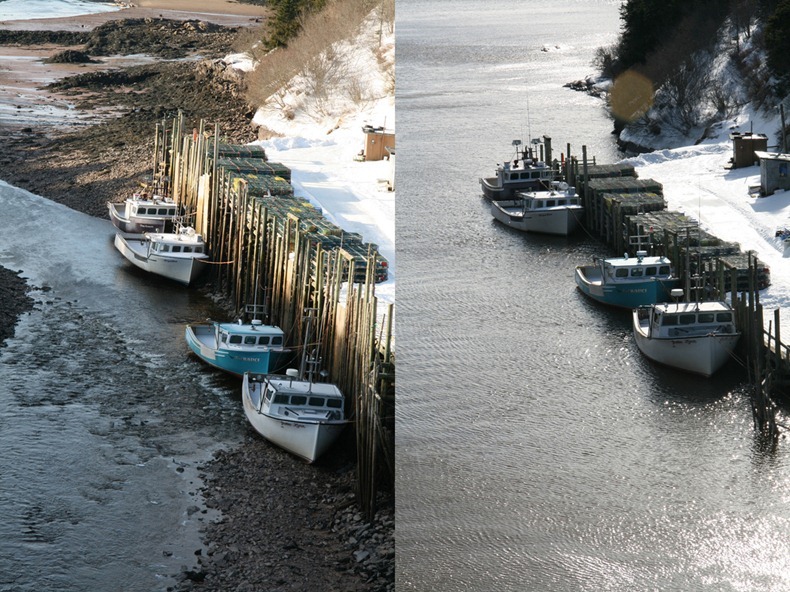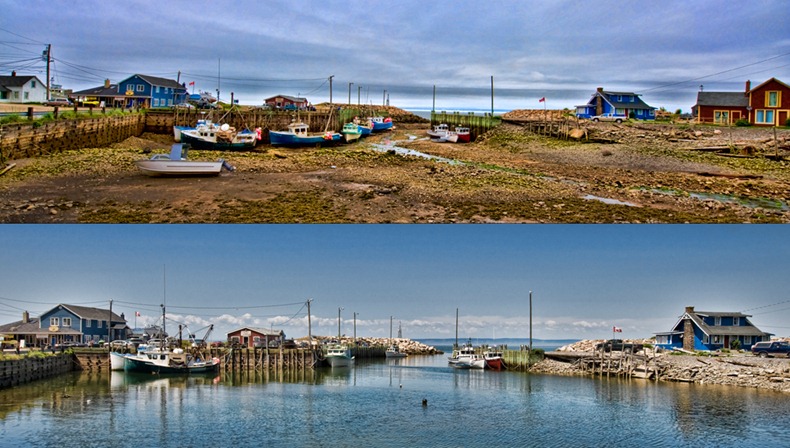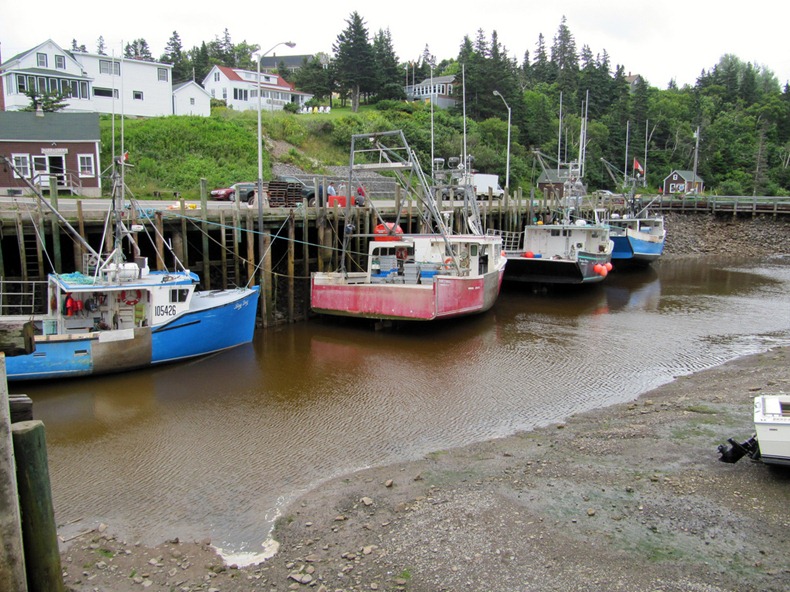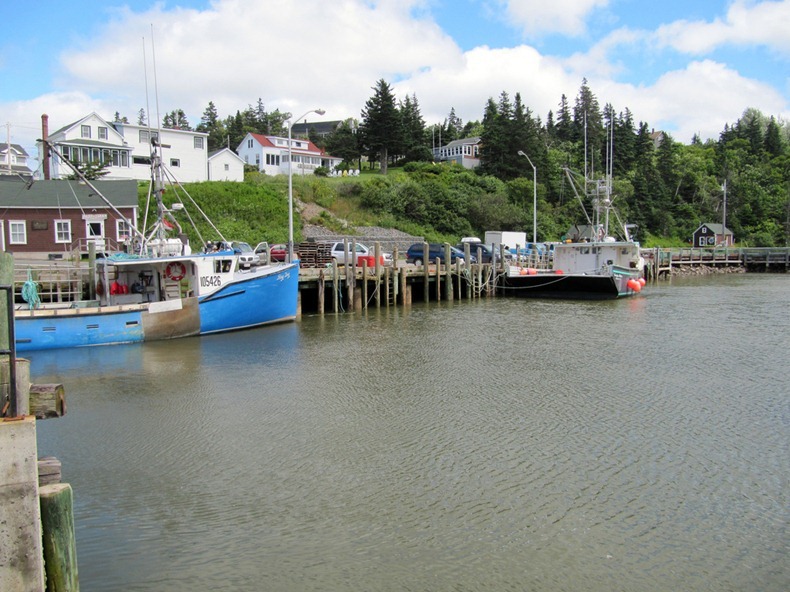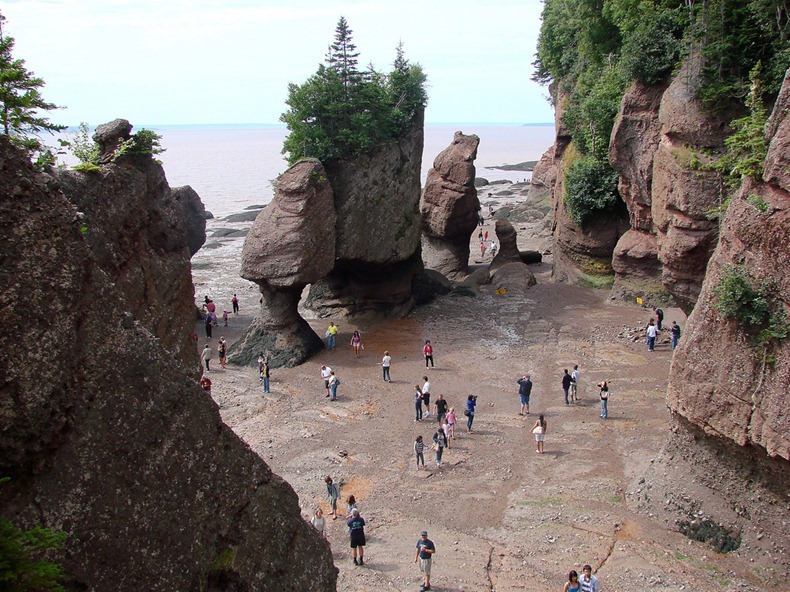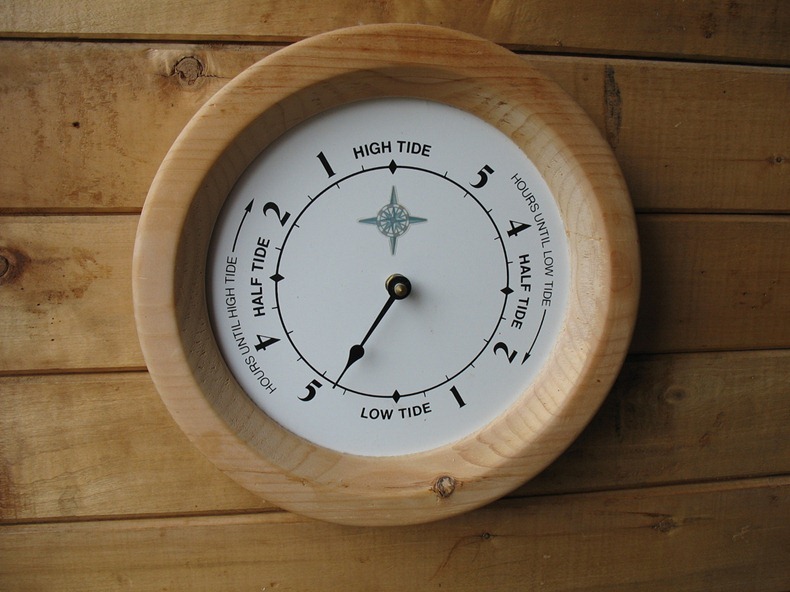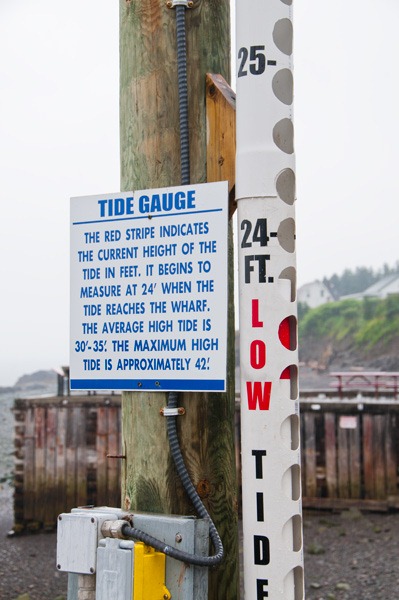1. Britten V-1000

Outrageous in its day, the V-1000 was a V-twin-powered race bike that looked and performed like nothing else, offering blistering performance coupled with a visionary shape. From its 165-hp, sand-cast aluminum-alloy engine to the generous carbon-fiber components and its girder-style forks, each detail reflects John Britten's money-is-no-object attitude and brilliant mechanical mind. Only 10 of these bikes were ever built.
2. Captain America

The centerpiece of the classic 1969 film Easy Rider might just be the most notorious motorcycle ever, but its iconic shape represents much more than the sum of its controversial parts. Bought at a police auction, Captain America began life as a Harley-Davidson Panhead and was modified by Cliff Vaughs and Ben Hardy, with input from Peter Fonda. Master paint modder Von Dutch styled the teardrop tank, and the bike's heavily chromed bodywork and upswept fishtail exhaust pipes still make it one of the world's most recognizable rides. During filming, one version of Captain America was destroyed and the spare was stolen, igniting a controversy over whether or not the real model actually exists.
3. Evel Knievel's Harleys

When America's late, great daredevil signed a sponsorship deal to exclusively ride Harleys in 1970, he received three highly anticipated, aluminum engine XR750 dirt trackers, while professional racers were forced to wait in line. Customized by three-time Daytona 200 winner Roger Reiman, Knievel's bikes wore a heavier-duty front end with thicker shock absorber oil and heavier shocks at the rear, among other modifications. They certainly weren't the best machines for the task at hand, but Knievel's Harleys became an intrinsic part of his public image—an inseparable factor in the mystique that made him the enigma he remains today, months after his passing.
4. Freddie Spencer's 1985 Double Championship Hondas

The year was 1985, and young Grand Prix racing phenom Freddie Spencer was determined to do what no racer had done before: compete in both 250cc and 500cc classes during the same season. Honda was eager to back the ambitious venture, despite the fact they actually didn't have a 250cc bike in the stable. In three months, Satoru Horiike managed to design and build a two-cylinder 250cc bike, as well as a 500cc ride with a brand new V4 engine. Spencer performed brilliantly, sometimes jumping off the 500cc podium and running toward the 250cc grid, only to find that the other racers had already taken off. By seasons end, Spencer achieved 15 pole positions, set 9 new track records and won 14 races, taking both the 250cc and 500cc championship titles on these two bikes—an unprecedented achievement that will probably never be matched.
5. James Dean's 1955 Triumph TR5 Trophy

The gone-too-soon actor had a passion for speed that began when he was only 15, and his first motorcycle was, well, basic—to say the least. Dean's tastes evolved in tandem with his fame and fortune. The last bike he bought was a shell-blue 1955 Triumph TR5 Trophy. He made a few modifications, including the installation of upright handlebars, straight pipes and an older, 6T-style rider seat. He also flipped the passenger backwards, just like his hero Marlon Brando did to his 1950 Triumph 6T in The Wild One. The bike was quietly sold following Dean's death, but in the 1980s Dean's cousin, Marcus Winslow, armed with the bike's VIN number, tracked it down. After an epic search, he and his son restored the Trophy to its present, as-new condition.
6. John Edgar Lightning

This wealthy enthusiast dreamed of owning the fastest bike in America, and he wanted Philip Vincent, the owner of the Vincent HRD motorcycle company, to help him. The plan was to take a Vincent Black Shadow and modify it for top speed runs at the Bonneville Salt Flats. A ninth Series "B" Black Shadow was pulled from the assembly line and tweaked for speed, becoming the infamous "Bathing Suit Bike." Future racing legend John Surtees worked as an apprentice on the project, which included bigger carbs, reworked cylinder heads and the installation of a rear hydraulic damper. When Rollie Free ran the bike on the morning of Feb. 13, 1948, he hit an average of 148.6 mph, breaking Harley Davidson's 11-year-old record by over 12 mph. Unsatisfied and focused on breaking the 150-mph mark, he stripped off his leathers and donned his bathing suit, a bathing cap and a friend's tennis shoes. Free laid it all on the line, stretched his legs back for aerodynamic efficiency and achieved an average top speed of 150.313 mph—a milestone that would turn himself, John Edgar and Vincent motorcycles into a household name.
7. Munro Special

Burt Munro had a life-long love affair with a 1920 Indian Scout. Though a native of New Zealand, Munro turned Bonneville into a sort of second home, and he and his streamlined Indian were a familiar fixture on the Salt. As he delved deeper into modifying the Indian for speed, the bike came to resemble its original form less and less. Munro experimented with metallurgy by smelting his own pistons. His constant improvements ultimately transformed the primitive 600cc V-twin into an overhead-valve, 985cc beast capable of approaching 200 mph. Through nearly five decades of obsessive work, Munro created a one-of-a-kind motorcycle which, in 1967, made a one-way run of 190.07 mph, the fastest speed ever recorded on an Indian.
8. Honda CB77 Superhawk

Robert Pirsig's 1964 Honda CB77 Superhawk was an otherwise unremarkable bike that transported Pirsig and his son across the northwest U.S. in the summer of 1968. This road trip captivated Pirsig on a number of levels and inspired him to write his first book, Zen and the Art of Motorcycle Maintenance. A meditation on science, philosophy and life, Persig's book melds Socrates to two-wheeled transport. Acknowledged by the Guinness Book of World Records as the most rejected book to become a bestseller (it was turned down by 121 publishers and has sold over 4 million copies), the epic journey of Zen began with this humble Honda bike.
9. Steve Mcqueen's 1947 Indian Chief Chopper

Toward the end of his life, Steve McQueen really had done it all—a guy's guy to top them all. He was one of the most famous movie stars on the planet, and his collection of bikes and cars was expansive enough to fill his personal hangar at the Santa Paula Airport. Despite his pristine cars, including a Jaguar D-Type and a Ferrari Lusso, McQueen loved traveling incognito on a bike. Nothing suited that purpose better than his 1947 Indian Chief Chopper, a derelict motorcycle he nicknamed "The Blob," after the 1958 film in which he made his breakthrough performance. McQueen willed some authenticity onto the bike by tying a sleeping bag to the sissy bar, and bestowing the Indian with mismatched hand grips and a cheesy, slip-on chrome exhaust to further its improvised sloppiness. This Indian's rough-edged appeal proves that the antidote to fame and fortune is an anonymity available to the everyman.
10. TC Christensen's Hogslayer

This unlikely tale begins with a brutally fast Norton motorcycle and develops into a classic story of one man railing against the motorcycle establishment—in this case, Harley-Davidson—and successfully campaigning a homegrown, twin-engine drag bike. The Hogslayer went through numerous ingenious iterations. It was one of the first drag bikes to run fuel injection, and its transmission incorporated a makeshift slipper clutch that used bronze-sintered brakes from an earthmover. Christensen's bike earned its name not only for vanquishing its well-funded competition from Milwaukee, but also for becoming the first bike to exceed 180 mph in the quarter mile. This oddity—which set the Top Fuel record in 1972 with an elapsed quarter mile time of 8.52 seconds—is now housed in the British Motorcycle Museum as a testament to the days when an independent spirit could wage war against a corporate giant ... and win.
PM contributor Basem Wasef's Legendary Motorcycles: The Stories and Bikes Made Famous by Elvis, Peter Fonda, Kenny Roberts, and Other Motorcycling Greats is available in most major bookstores and online
